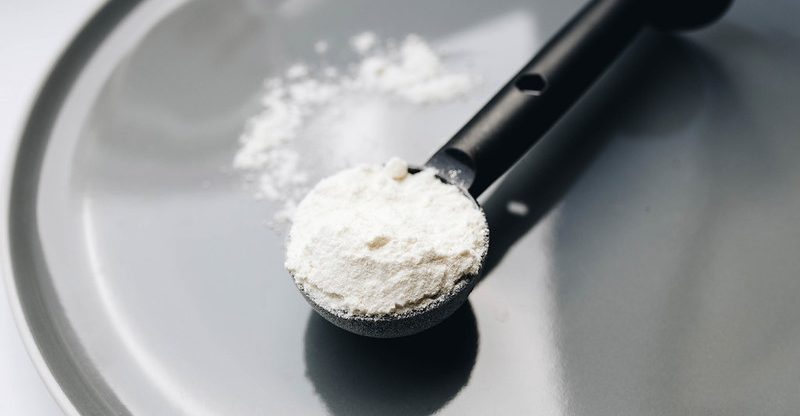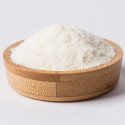What is Magnesium Silicate E553a(i) in Food?

What is Magnesium Silicate | Uses | Safety | Side Effects
Magnesium silicate or more correctly called synthetic magnesium silicate, used as an anticaking agent in food. The European food additive number for it is E553a(i). It is to distinguish from Talc (E553b), which is a naturally occurring form of hydrous magnesium silicate.
What is Magnesium Silicate?
It is a synthetic compound with the molar ratio of magnesium oxide to silicon dioxide approximately 2:5. Like calcium silicate, it is also a hypothetical oxide but in fact not a real mixture of magnesium oxide and silicon dioxide.
How is it Made?
It can be produced by the precipitation reaction of a soluble silicate ( e.g.sodium silicate) with magnesium salt (e.g. magnesium sulfate or magnesium chloride).
Properties
| Appearance | Fine white odourless powder |
| Other names |
|
| CAS number | 1343-88-0 |
| Chemical formula | xMgO.ySiO2.zH2O, food grade complies with
|
| Solubility | Insoluble in water |
What are the Uses?
Food grade magnesium silicate is an anticaking agent used in table salts and vanilla powder. Here would not introduce its detailed or other uses due to its few food applications compared with talc (E 553b).
And it was indicated by EFSA that 89% of the foods labeled with silicates (E 552–553) were related to the use of talc which was reported by Mintel GNPD. That’s to say, the natural hydrous magnesium silicate is used largely as a food additive, also in cosmetics and pharmaceuticals.
Is Magnesium Silicate Safe to Eat?
Yes, its safety when used as a food additive has been approved by the U.S. Food and Drug Administration (FDA), European Food Safety Authority (EFSA), Joint FAO/WHO Expert Committee on Food Additives (JECFA), as well as other authorities.
FDA
It is generally recognized as safe (GRAS) when used at levels not exceed 2% in table salt in accordance with good manufacturing practice. (1)
EFSA
Magnesium silicate E553a(i) and magnesium trisilicate E553a(ii) are listed in Commission Regulation (EU) No 231/2012 as an authorised food additive and categorized as “additives other than colours and sweeteners” (2)
Safety Re-evaluation in 2018
The absorption of silicate was very low and there was no indication for genotoxicity or developmental toxicity and no adverse effects were observed. However, its safety cannot be assessed due to the lack of reliable data on subchronic and chronic toxicity, carcinogenicity, and reproductive toxicity. (3)
Authorised Uses
The following food may contain with it (4):
- Dried powdered foods
- Tablet and coated tablet form foods
- Sliced or grated cheese hard and semi-hard cheese
- Processed cheese
- Cheese products
- Table-top sweeteners in powder/tablets form
- Salt and salt substitutes
- Seasonings and condiments
- Food supplements supplied in a solid form/liquid form
- Chewing gum
- Dry powdered polyols
UK Food Standards Agency
Categorized in “Others” (5)
Food Standards Australia New Zealand
It is an approved ingredient in Australia and New Zealand with the code number 553. (6)
JECFA
Function class: food additive, anticaking agent, filtering acid. (7)
Acceptable daily intake: ADI “not specific” set in 1982. (8)
What are the Possible Side Effects?
It is common that sometimes consumers have questions whether magnesium silicate is bad for our health and what are the possible health risks. It is generally considered safe but some people may be allergic or sensitive to it.
Conclusion
Now you may have a well understanding of the anticaking agent – magnesium silicate E553a(i), from its production; uses; approved safety, possible side effects.
What kinds of food packaging have you found this ingredient in? Let me know in the comments.


